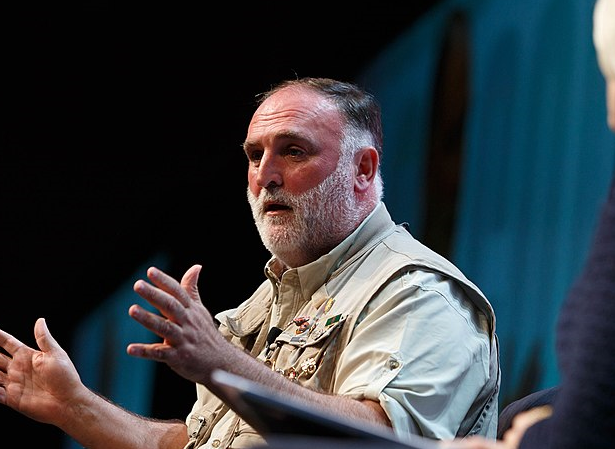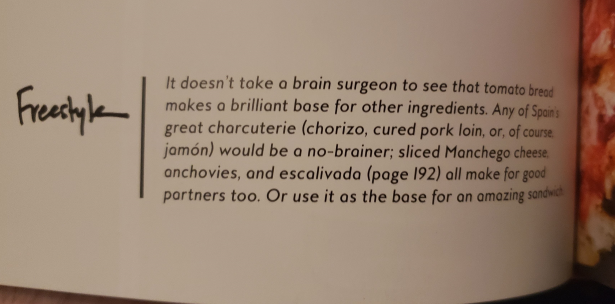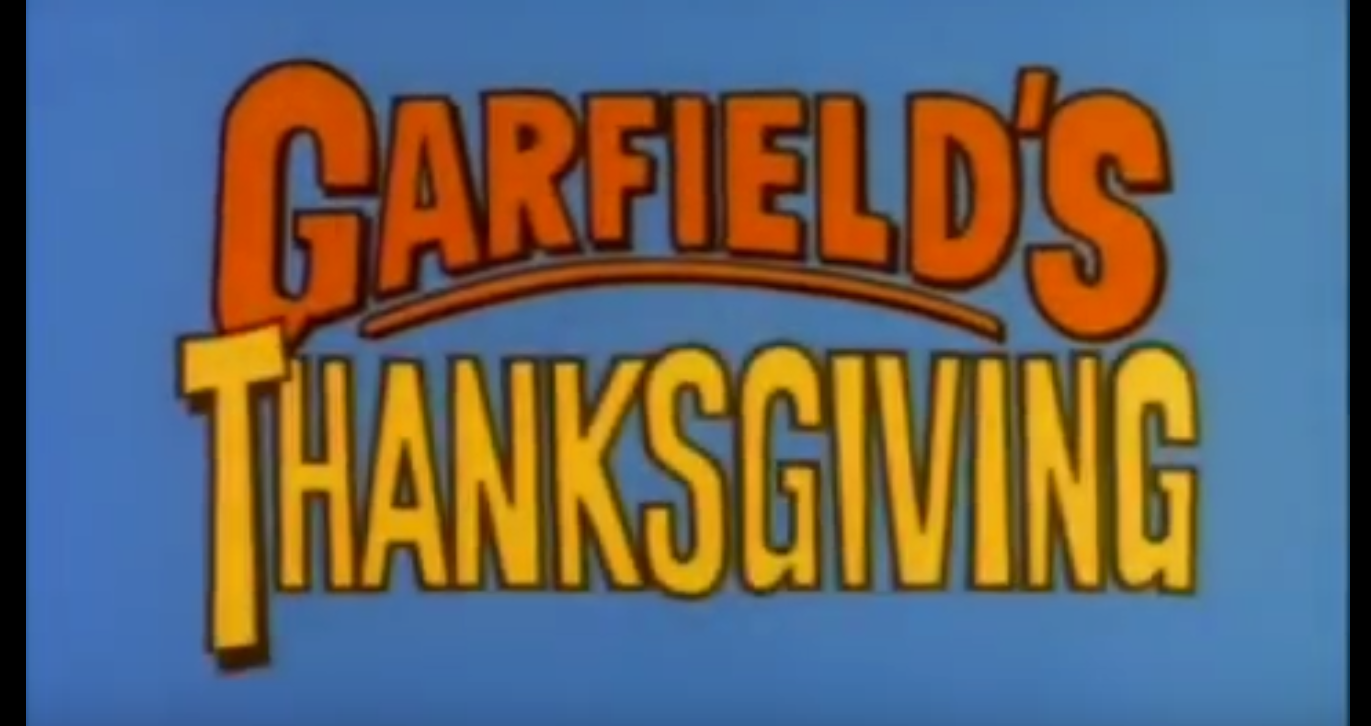Catastrophic Cookbook Reviews – Vegetables Unleashed

Why hello there! And welcome back to Catastrophic Reviews! Man, it feels like we’ve gone a lot longer since doing one of these than we have. I mean, there was the failed attempt at one last month, and then the Princess Switch 2 one in January, but the Princess Switch movies are an ongoing betrayal in that regard. I regret to inform you, if you missed the word “cookbook” in the title, that there is not a new cooking/Claymation battle show titled “Vegetables Unleashed”. No, today, we’re talking about José Andres’s cookbook which served as the source for the first THREE recipes we’re making this month. And I’ve realized, far too late, that that is a mistake.
The Cart Before the Horse
Not basing multiple posts off of a single cookbook. Oh no, I’d probably be happy to cook every recipe IN the book over the course of…god, I’m pretty sure there are at least enough recipes in here for over 2 years of weekly content. No, the mistake was in talking about his cookbook today. See, my plan (as much as I had a plan, given the numerous interesting decisions that led to this month’s recipes) was to highlight the cookbook today, and José himself next week. And as I read the cookbook, I realized how foolish that idea was. Because to understand the cookbook, you need to understand José.
I assume it has to be a dye job, but if not, the color contrast between his beard and his hair is amazing. On the other hand, he’s only just over 50, so maybe it’s a genetic thing.
And that’s not merely my opinion: the cookbook itself specifically spends multiple pages introducing the reader to José, and notes with some trepidation the fear that his manic energy that utterly convinces you in person to try things will fail to translate to the page. A sort of midpoint between a Spanish Santa Claus, Guy Fieri, and Andrew Zimmern, José’s passion for food and life is the kind of thing that leaps off the screen when you watch him, and it infuses the book. So forgive me the error in failing to properly introduce you to the man before we inspect his work.
That apology aside, let’s discuss the cookbook. As ever, the main points I evaluate on a cookbook are Voice, Production Value, Unity of Theme, and Catapult effect. Now, let me check if that was actually correct, because it has been a while since I’ve done one of these, and even I don’t always listen to myself. Yes, those are the criteria. Good.
So let’s talk about The Voice.
No, not that one.
Though, weird tie-in: Apparently, like, 8 years ago there was a short-lived attempt to do “the Voice” as a cooking show called “the Taste”, for which José was a guest judge in one episode.
What Can I Say Except “You’re Welcome”
The voice of this book is very fun, in a way that I think is best exemplified by pointing out the lie in the first paragraph of the post: This COULD BE a show. The cookbook could almost be the script of a documentary about José’s efforts: we begin by talking to co-author Matt Goulding, an award-winning food writer, who, as I noted, takes some time to introduce us, the reader, to José, highlighting his seemingly endless energy and verve. And then we meet the man himself, who spends about 1/8th of the book talking about the basics, both of this book, and of his approach to cooking as a whole. There are 10 pages of “rules” on how to approach focusing on vegetables in the kitchen, with ideas like “the Fork is Mightier than the Sword” (the idea that, through united individual action, we can, each of us, help change things for the better more naturally and powerfully than a top-down command of restructuring our system could. IF that sounds a little too big picture/vague, a good example is his suggestion that grocery stores should develop/integrate on-site herb gardens: why haul literal tons of thyme around the country, to sit on shelves and then be thrown away, when you could instead grow the thyme right in a greenhouse on the roof?) Or “Know the Path of Righteousness” (an exaggerated framing of “cook the food correctly”: he discusses the sulfurous over-boiled Brussels sprouts that haunt many people’s nightmares, and how proper treatment of the vegetable will produce sublime results.)
These are righteous-looking sprouts…
The first 52 pages alone, in my opinion, could be a valuable treatise/cook-novella on the details of vegetable consumption and production in America, and the mental framework and ideas to change them. When José says only 10% of Americans eat enough of their daily vegetables, I reflect with some sorrow on the fact that all I’ve eaten today has been a reheated half of a Philly Cheese Steak, a third of a Pita Pizza, and some Sour Punch Straws. (In my slight defense: YESTERDAY I had a hummus and vegetable pita, White Bean Soup, and vegetable Gimbap.) When he says that 40% of the vegetables eaten by American kids are specifically FRENCH FRIES…woof. (Though I will note that I think he kind of hand-waves the idea that Americans don’t spend as much as other countries on food as part of the problem. Like…yeah, we’re paying more for housing and healthcare in a market with a lower minimum wage while working longer hours. It’s completely LOGICAL that we’re eating cheaper and easier processed foods, given the reduced free time for cooking and free funds for shopping.)
Is $2.50 a lot of money to get the recommended dose of produce? No. But it’s more than 1/3rd of the minimum wage, So when you can get 400 calories of burger for the same price, some math has to be done.
And disagreeing with that point feels relatively natural, as so much of the piece is framed in a way where it feels like José is “talking to the camera”, as it were. In introducing a dish of white asparagus in a cheese sauce, he notes that “some like it hot (me), some like it cold (Matt, who clearly does not have a very refined palate). You be the judge.” When discussing the blanching and peeling vegetables, he brings up that he, perhaps surprisingly, hates vegetables skins in a lot of preparations, hence why many of his recipes call for blanching and peeling. And he notes its’ fine if you don’t dislike them, and want to leave them on…but he’s not sure you can he can be friends. He writes the book as a man explaining his passion to a companion or new acquaintance: joking, honest, and a little over-enthusiastic at times.
Production Value, What’s Your Function
I always feel like I have to defend my “production value” criteria, which is maybe a somewhat elitist point to judge a cookbook on in the abstract. “Oh, you’re demanding crisp shiny pages, big color photos, and big pages that are all expensive for a cookbook?” Kind of, but what I’d say I’m looking for MORE is the ‘VALUE’ of the production. Like, it’s common to use ‘big production values’ used to refer to shows with a lot of flashy lighting and special effects…but that’s BIG production value, not GREAT production value. A single, subtle light change can be a much BETTER production value than 10 strobing instruments. Like, take this picture.
BEHOLD MY BEIGE.
That’s not from Vegetables Unleashed, but instead from “Lateral Cooking”, the latest cookbook from Niki Segnit, author of The Flavor Thesaurus. It does NOT have big color photos, or crisp, shiny pages. What it has are clearly laid out pages on a softer, almost vellum or parchment-like paper. The red text on the right are a series of notes on how each marked ingredient can be changed or omitted, because the thesis of the book is “Learn to make this one thing, and from it, you can make another 20 different things.” So my measure of production value is the bang for my buck: sometimes that’s achieved by nice pages and color photos, sometimes it’s by extensive footnotes.
So yeah, I think the big shiny pages and color photos are nice in THIS book, because, as noted, it’s almost a documentary in a spine, and one that specifically calls out that one of the great failings of home cooks making vegetables is that they don’t do enough to make the dishes LOOK inviting and delicious. A little visual flair makes sense to convey the high-octane, visually saturated hues that they’re trying to achieve.
I do kind of wish more markets were vertically organized. It’s a very dramatic image.
There’s a recipe in the book that works as a kind of metaphor for the idea: cryo-concentrated carrot cocktails. Cryo-concentration is a principle where, if you freeze vegetable or fruit juice correctly, and then let it thaw, due to the salts, sugars, and other compounds in the juice, the frozen juice is going to melt faster than the thinner, more watery parts of it. So by making a slushie of carrot juice, and then letting all the most potent parts thaw out, and throwing away the remaining ice, you end up with an extra-concentrated form of carrot juice. IN the same way, the cookbook feels like we’re getting the most concentrated drips of José’s cooking over the course of a year, the distilled details of his theories and techniques, and the recipes he’s most happy with. Indeed, a two-page spread at the back of the book highlighting 11 recipes that did not make it into the book for various reasons of impracticality, very niche appeal, or not yet fully hammered out, all with a single line or two about them, including such gems as “I have no idea what’s going on here”, “The Japanese are going to kill us”, “This one has real promise!” and “Doesn’t everyone have a solar stovetop?” gives a great insight into how some of these ideas haven’t yet distilled enough to be palatable.
Ah, yes, the ubiquitous solar stovetop. The radar dish of dining.
Unity of Time, Unity of Place, Unity of…Action, I think?
Ha, that’s right, I STILL remember the Aristotelian unities more than 10 years later.
What was I saying? Oh, right, Unity of Theme, the secret 4th unity. By which I mean: “hey, does this fit what it’s trying to do?” Like, yes, the big color pictures help make the pictures of the food ‘sexier’, which is a stated goal of the book itself: make cooking and eating veggies ‘sexier’. Several recipes have notes at the bottom marked things like “Free-style”, “Pro Move” or “Greater Goods”, which highlight recommendations from José on how to riff on the suggested recipe, take it to a higher place, or how a given ingredient or technique can be applied in other dishes to great effect.
“It doesn’t take a brain surgeon to know this would make a good base” is a great example of my next point.
And these feel like asides from José he would make while whipping up the recipe in front of you: ‘This dish, with the black garlic romesco? I tell you, if you haven’t tried black garlic, it’s so good. It can turn a dish completely upside down.’
Even better, as far as I can see, there’s no formal point where the labels for the asides are explained. Which yes, would make their utility clearer, but would feel less like a conversation. In the same way, the format of the book, which builds from the first few chapters introducing José, his goal for the book, and his basic techniques into a progression of “Spring, Summer, Fall, Winter” which is completely unannounced, but immediately makes sense in terms of “using the vegetables at their best”, which each section focusing on the vegetables in their prime that season, and each season prefaced by a couple pages of Matt talking about some interactions with José he had over a couple days in that season, given you these continual snapshots into how he’s working month to month, reinforcing that quasi-documentary vibe I noted earlier. Even the sudden appearance of the occasional one to two-page detour to talk about a specific chef, company, ingredient, or recipe (not simply “here’s the recipe”, but “Oh man, this recipe has SO MANY Good variations, and it’s so important to my history or this season”) feel like the sudden leaps of someone talking to you, and realizing they need to explain another piece of backstory, or highlight someone they know who’s doing so much in that field.
So…Good, I guess.
ARM THE TREBUCHETS
The last quality I always check is the “Catapult effect”, which you could also call ‘the motivational measure” or some other wittier shit, I don’t know. The idea is “how much do you end up wanting to make the recipes or follow the ideas in the cookbook?” And for me, personally: there’s a strong catapult effect here. The recipes have such a wide range, from the stupidly simple “miso roasted X” we covered a couple weeks ago, to the aforementioned cryo-concentrated carrot cocktail. They LOOK appealing, and there’s a…freedom, I suppose, to it. Like, you know what one of the dishes people have a ton of fear about cooking is? Steak. Steak is hard because, once you sear the outside, you can’t SEE the progress anymore, and it’s fairly quick, and steak is expensive. A steak dinner for 2 is like, $12-40 just for the meat, depending on your level of fanciness. You know how much a Whole Roasted Head of Cauliflower is? Like, $3. Vegetables are SAFER to cook with.
Also Medically safer: if I screw up a Tuna Poke Bowl, we have bad raw fish. If I screw up a BEET Poke Bowl, we have a weird salad.
Also, look: Beets by Andres.
And José taps into another interesting detail I hadn’t considered: vegetables are also more “malleable” for lack of a better word. Like, consider that steak again. How many ways can you cook a rib-eye steak, once you bring it home? You can grill it, pan-sear it, sous-vide it...If you’re SUPER hardcore, MAYBE you can like, freeze it and thinly slice it for hot-pot or philly cheesesteak or something. But in 90% of the cases, that hunk of meat is going to be cooked as the same hunk of meat. And don’t get me wrong: if done correctly, it’ll be amazing. As José points out, if you bring carrots home on the other hand, you can make Carrot Curry, you can turn them into carrot juice, you can turn some of them into carrot juice and use that to glaze the others while frying/roasting. You can make them soft and meaty, or thin crispy sheets, on and on.
José makes the point early on that the cookbook isn’t meant to convince you to give up meat. José certainly isn’t. He just wants to help people make vegetables that are awesome and sexy, and a little out there in order to get people making their own ideas.
The Final A-Peel
Terrible pun, Title Jon, thank you. Look, do I recommend the book? I specifically went to the store to find and buy it, spurred by some YouTube clip weeks ago and have made 3 recipes from it. It was going to be the source for every post this month, I was so into the cookbook. (It’s not any more for three reasons: One, I forgot there were 5 Mondays this month, so I only ever planned 4 dishes. Two, my family wasn’t really into the 4th recipe I suggested. And three, some other ideas really drew my interest. One of which is a TikTok Trend, so THAT’LL BE FUN. (irritatingly, I remember the last idea feeling revelatory when I thought of it, but I’ve been unable to remember what it was for the last day or so. Hopefully I can fix that.) In short, you’re asking a dude who sprung for a backstage pass if he likes the band.
I paid $500 to be apathetic in person.
Personally, I think it’s well-composed, has a noble goal and a fun set-up, and hey, wouldn’t you like to have some COOL recipes to toss out when- I JUST REMEMBERED IT. Fuck, write it down! Boom. Got you, you slippery sausage. What was I saying? Oh, yeah, wouldn’t you like to have some COOL recipes to toss out when cooking for your vegan friends or family members? Or an opportunity to make a side dish that’s just as awesome as the main course? I heartily recommend it.
MONDAY: JON SPRINGS A LEEK FOR ST PADDY’S DAY.
THURSDAY: WE’LL EITHER HAVE A MORE THOROUGH TALK ABOUT JOSE HIMSELF, OR I’LL GO RIFF ON SOMETHING ELSE THAT CATCHES MY EYE. OOH, DID HE DO ANY CHEF-Y TV SHOWS? …NOT ANY I CAN WATCH IN TIME. DAMN. I’LL FIGURE SOMETHING OUT.















